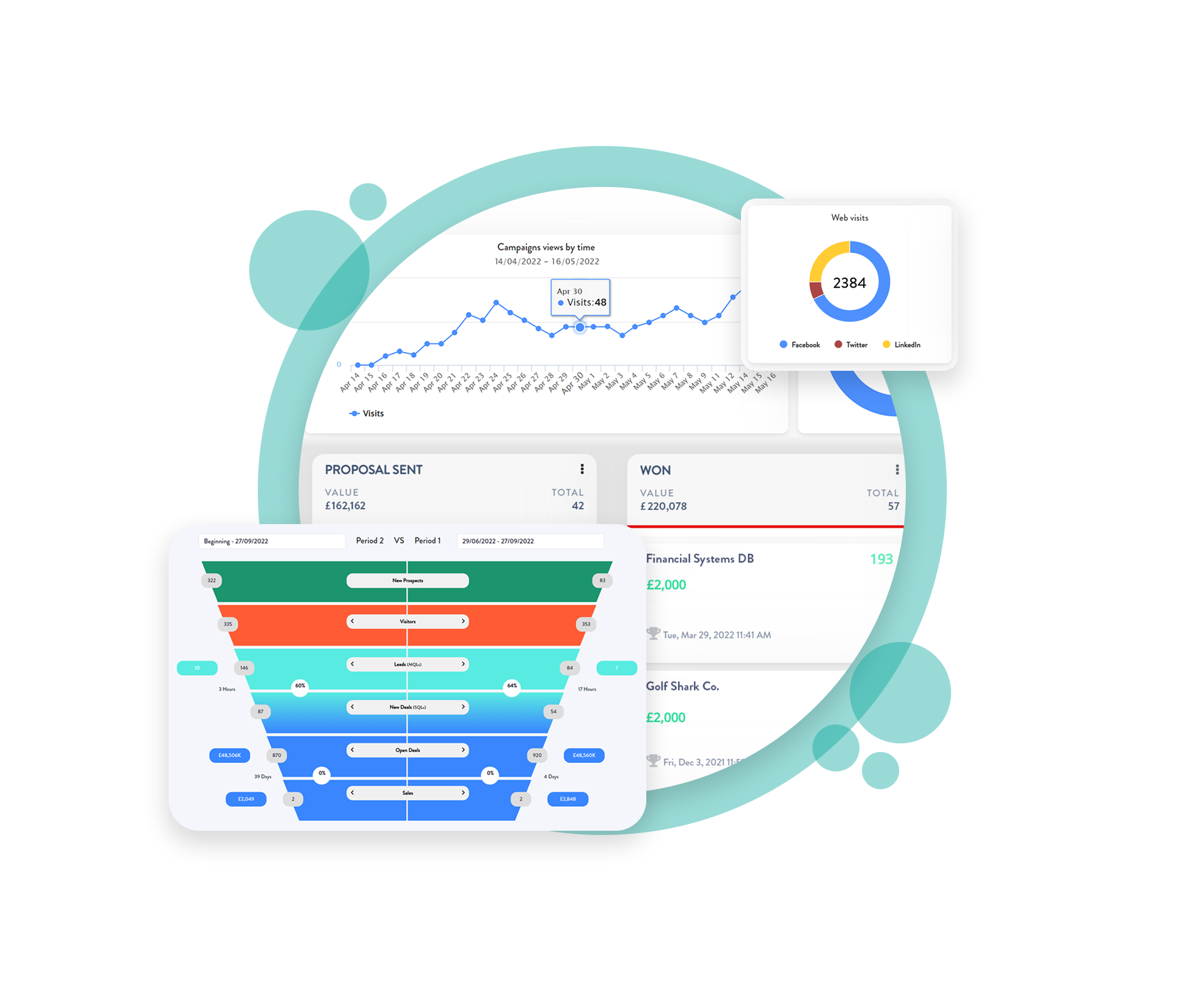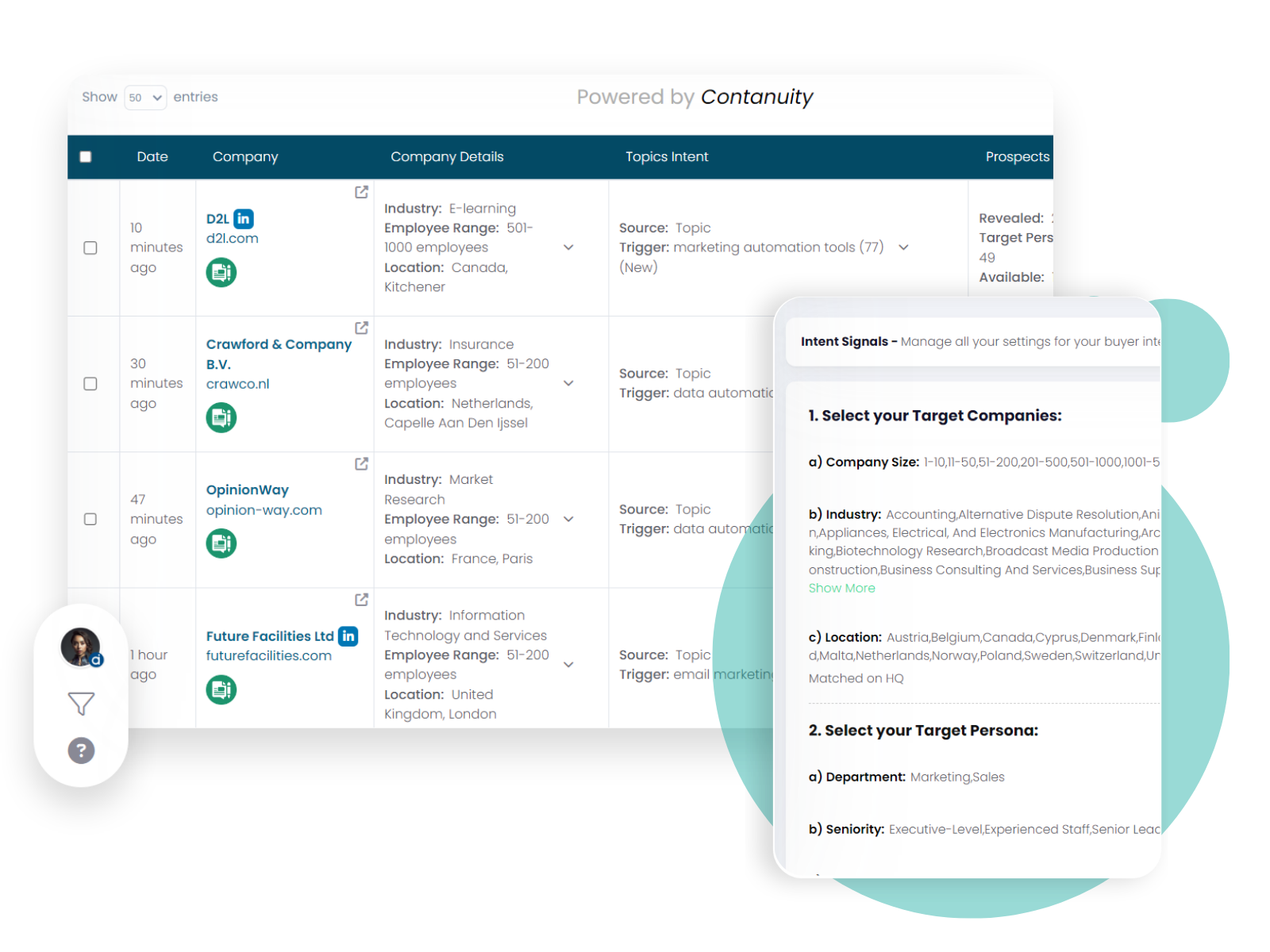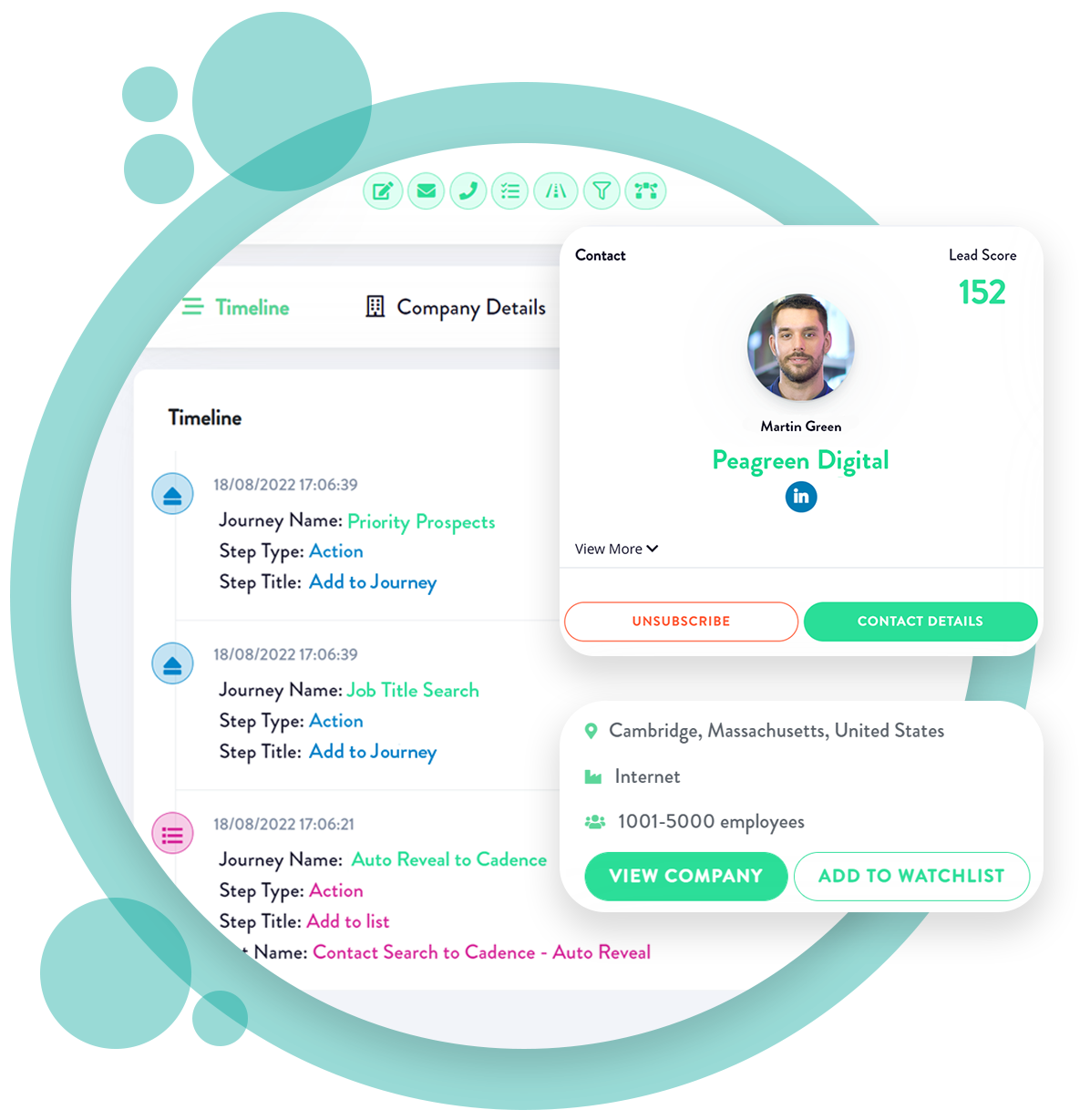Understanding your customer’s buying intentions can significantly enhance your marketing efforts. Intent data offers insights into customer behaviour, helping you fine-tune your sales and marketing strategies.
Whether you’re new to the concept or looking to deepen your understanding, this blog will explore why Intent data is crucial, its different types, and how to select the right kind for your demand generation strategy.
Decoding Intent Data: The Key to Proactive Marketing

Intent data helps identify when a person or business shows interest in your offerings, providing a clearer picture of who is likely to convert. While it is widely utilised in B2B sectors, B2C companies can equally benefit by pinpointing potential buyers who are ready to make a purchase. By tracking online research activities and content engagement, Intent data reveals which products or services your prospects are considering.
Leveraging Intent Data for Robust Demand Generation
A robust demand generation strategy revolves around creating brand awareness and sparking interest among potential customers, even those unaware of their needs. Here, Intent data plays a pivotal role, offering insights that help shape your marketing approach. However, not all Intent data is created equal. Understanding the differences in data quality, implementation challenges, and privacy compliance is crucial in choosing the best type for your needs.
Exploring Types of Intent Data

1. First-Party Intent Data
Collected directly through your engaging digital platforms, this data provides direct insights into user behaviour and the effectiveness of your marketing campaigns.
Advantages
- Insight into the performance of your digital marketing campaigns
- Gives you an idea of how engaging your website is
Examples
- Filling out a form on your site
- Adding an item to the cart
- Open rates, bounce rates, click rates
2. Second-Party Intent Data
Sourced from trusted partners, this data offers a deeper look into customer feedback and comparisons, enriching your customer knowledge base.
Advantages
- Insights into prospects’ reviews, product comparisons, etc.
- Gives access to information you may not have been able to research on your own
Examples
- Customer surveys
- Reviews sites like G2 or TrustRadius
3. Third-Party Intent Data
This broad-spectrum data provides a comprehensive view of a customer’s journey and online activities, helping you to understand broader market behaviours.
Advantages
- Access to a wider audience
- Shows you the entire customer journey path taken
- A large volume of data can be collected
Examples
- Visits to industry publications
- Online searches
Privacy Considerations and Strategic Application
While Intent data is invaluable, navigating the complexities of data privacy regulations such as GDPR is crucial to avoid penalties. Collaborating with data partners can ensure compliance and the integrity of the data used.
Integrating Intent data into your marketing strategy allows for a nuanced understanding of the buyer’s journey. This strategic insight helps in prioritising outreach efforts and tailoring content that resonates deeply with potential customers, making your marketing messages more effective and timely.
Choosing the Right Intent Data
Determining the right type of Intent data depends on your specific business needs, sales cycles, and marketing objectives. Whether it’s enhancing user experience or expediting the sales process, the right Intent data can provide a competitive edge.

The first step in seeing results with Intent data and measuring its value is understanding how your demand generation, marketing, and sales efforts are performing today. Consider:
- What is your sales cycle? If it’s long or complex, you may wish to utilize third-party data. It offers the most vast choice of customer behavior to analyze and can shorten the sales cycle.
- What do you want to gain from it? If you are just using data to see how to improve user experience on your cloud PBX solutions website, then first-party data may be a good starting point.
- What do your sales and marketing team need from you? In many cases, it may be a combination of all three. Many businesses will layer multiple datasets (first, second, and third-party data) to create a holistic view of their prospects and customers — even what initiates them to buy!
Conclusion
In summary, integrating Intent data into your demand generation strategy offers a powerful edge, enabling more accurate targeting and significantly enhancing your conversion rates. Understanding the different types of Intent data and their applications is crucial in crafting a strategy that is not only effective but also compliant with privacy laws.





